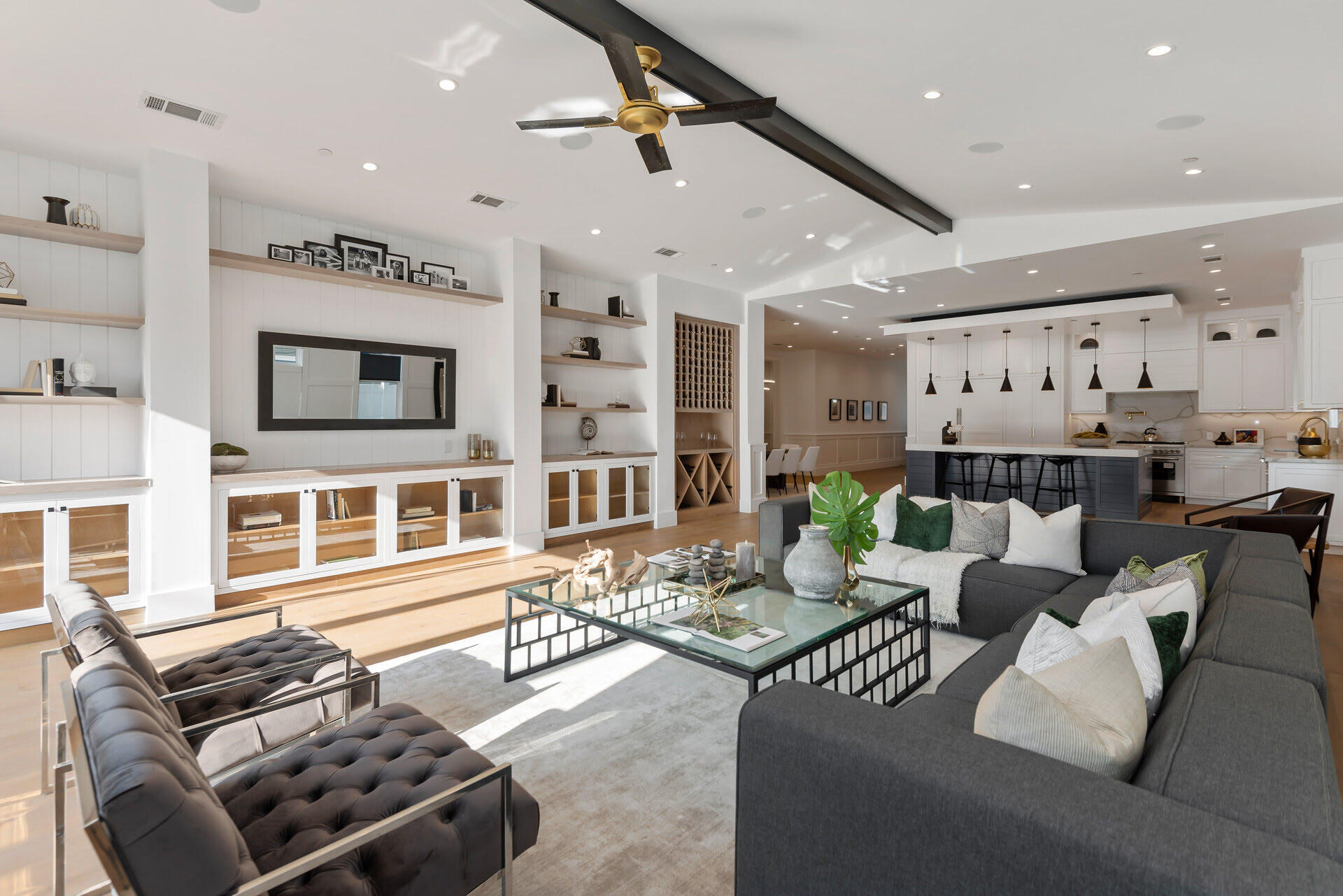

Articles
How To Furnish Rectangular Living Room
Modified: February 24, 2024
Find expert articles on how to effectively furnish your rectangular living room. Discover the best layout and furniture arrangements to maximize space and enhance functionality.
(Many of the links in this article redirect to a specific reviewed product. Your purchase of these products through affiliate links helps to generate commission for Storables.com, at no extra cost. Learn more)
Introduction
When it comes to furnishing a rectangular living room, there are several key factors to consider. The shape and dimensions of the room can greatly influence the furniture arrangement, as well as the overall look and feel of the space. By carefully selecting furniture, incorporating various seating options, and adding stylish accessories, you can transform your rectangular living room into a functional and visually appealing environment.
In this article, we will guide you through the process of furnishing a rectangular living room, from assessing the space to adding the finishing touches. Whether your room is long and narrow or wide and spacious, these tips and suggestions will help you make the most of your living area.
So, let’s dive in and discover how to furnish your rectangular living room in a way that maximizes comfort, functionality, and style.
Key Takeaways:
- Carefully assess the space, select the right furniture arrangement, and incorporate various seating options to create a functional and visually appealing rectangular living room that reflects your unique style and meets your lifestyle needs.
- Enhance the aesthetics and ambiance of your living room by considering lighting options, window treatments, wall styling, and adding finishing touches such as throw pillows, decorative accessories, and personal elements. Create a space that is both visually captivating and welcoming.
Read more: How To Furnish Large Living Room
Assessing the Space
Before diving into the furnishing process, it’s essential to thoroughly assess the space and understand its unique characteristics. This will help you determine the best furniture arrangement and make informed decisions about your design choices.
Start by measuring the dimensions of your living room, noting the length, width, and any alcoves or architectural features. This will give you a clear idea of the available space and help you choose furniture that fits proportionately.
Consider the layout of doors and windows in the room, as well as any focal points such as a fireplace or large television. These elements will influence the placement of furniture and the flow of the room.
Next, take note of any existing architectural features or architectural quirks. These can include built-in shelving, columns, or odd angles in the walls. Incorporating these features into your design can add character and make the most of the space.
Lastly, think about how you plan to use the space. Will it primarily be a place for entertaining guests? Or will it also serve as a cozy family room for relaxation? Consider your lifestyle and the activities you will engage in within the space, as this will help determine the type and arrangement of furniture you’ll need.
By assessing the space thoroughly, you gain a holistic understanding of its dimensions, layout, architectural features, and intended use. Armed with this knowledge, you can move on to selecting the ideal furniture arrangement for your rectangular living room.
Selecting Furniture Arrangement
Once you have assessed the space, it’s time to determine the best furniture arrangement for your rectangular living room. The goal is to create a layout that maximizes functionality, promotes conversation, and utilizes the space efficiently.
One common approach is the “floating” furniture arrangement, where the furniture is placed away from the walls, creating a cozy and intimate seating area. This arrangement works well for smaller rectangular rooms, as it gives the illusion of more space in the center.
If you have a larger rectangular living room, you can consider dividing the space into two separate zones. For example, you can create a lounge area with a sofa and chairs for relaxation, and a separate section for entertaining and socializing.
Another option is to create a focal point within the room, such as a fireplace or a large window with a beautiful view. Arrange the furniture around this focal point, ensuring that it becomes the center of attention in the space.
Remember to leave enough room for traffic flow and to avoid overcrowding the room. Allow for at least 3 feet of clearance between furniture pieces to ensure a comfortable and easy movement throughout the space.
Don’t be afraid to experiment with different furniture arrangements. You can try different variations until you find the one that works best for your rectangular living room. Use area rugs, lighting, and accessories to define different zones and add visual interest to the space.
By carefully selecting the furniture arrangement, you can create a functional and visually appealing layout that makes the most of your rectangular living room.
Choosing the Right Sofa
When it comes to furnishing a rectangular living room, the sofa is often the centerpiece and key focal point of the space. Selecting the right sofa is crucial for both comfort and style.
First and foremost, consider the size and scale of your sofa in relation to the room. In a smaller rectangular living room, opt for a sofa that is sleek and streamlined to maximize space. A loveseat or a sectional with a chaise can also be great options for smaller spaces.
For larger rectangular living rooms, you have the freedom to go with a larger sofa or even a sectional that provides ample seating for both relaxation and entertaining. However, be mindful of not overpowering the room with a sofa that is too big or bulky.
When selecting the style of your sofa, consider the overall theme or design aesthetic you want to achieve. If you prefer a modern and minimalist look, go for a sofa with clean lines and simple upholstery. On the other hand, if you want a more traditional or cozy feel, consider a sofa with plush cushions and soft fabric.
Think about the functionality of the sofa as well. Do you need a sofa with a pull-out bed for accommodating guests? Or maybe one with built-in storage for extra convenience? Consider your needs and choose a sofa that meets them.
Last but not least, don’t forget about the comfort factor. Test out different sofas to find one that offers the right level of support and comfort for you and your family. Sit on it, lie down, and make sure it suits your preferences.
Remember to consider the color and material of the sofa as well. Opt for a color that complements the overall color scheme of the room and choose a durable and easy-to-clean fabric, especially if you have kids or pets.
By carefully selecting the right sofa for your rectangular living room, you can create a comfortable and stylish seating area that serves as the focal point of the space.
Incorporating Other Seating Options
While the sofa may be the main seating option in your rectangular living room, incorporating other seating options can add versatility and create a more inviting and dynamic space.
One option is to add accent chairs or armchairs that complement the style of your sofa. These can be placed strategically around the room to create cozy nooks or to provide additional seating for guests. Consider chairs with different designs or patterns to add visual interest and personality to the room.
If you have a larger rectangular living room, you may have the space to incorporate a secondary seating area. This can be achieved by adding a loveseat or a set of chairs facing each other, creating a conversation zone separate from the main sofa. This allows for more intimate gatherings or a cozy spot for reading or enjoying a cup of coffee.
Ottomans or poufs are another great seating option to consider. They not only provide extra seating but can also serve as a footrest or even as a coffee table when topped with a tray. Ottomans in different shapes and sizes can be a versatile addition to your living room, allowing you to easily rearrange the seating arrangement as needed.
Don’t forget about the option of floor seating, especially if you have a more informal or bohemian style. Floor cushions, bean bags, or even a Moroccan-style seating area can add a unique and relaxed vibe to your rectangular living room.
When incorporating other seating options, make sure to leave enough space for comfortable movement between the furniture pieces. Balance is important, so avoid overcrowding the room with too many seating options if it feels cramped.
By incorporating other seating options in your rectangular living room, you not only add functionality and versatility but also create different areas for relaxation, conversation, and personal retreats.
Read more: How Much To Furnish A Living Room
Determining the Best Coffee Table
A coffee table is a must-have piece of furniture in any living room, including a rectangular one. It not only serves as a functional surface for placing drinks, books, and decor but also adds to the overall aesthetics of the space. When determining the best coffee table for your rectangular living room, consider both style and functionality.
One factor to keep in mind is the size of the coffee table in relation to the seating area. Ideally, the coffee table should be proportional to the size of the sofa and other seating furniture. If you have a large sofa, opt for a coffee table that is longer or wider to create visual balance. Conversely, a smaller sofa may look better with a round or square coffee table that doesn’t overwhelm the space.
Consider the shape of the coffee table as well. Rectangular or oval tables tend to work well in rectangular living rooms, as they follow the lines of the space and provide a sense of cohesion. However, if you want to break up the linear elements in the room, a round or irregular-shaped coffee table can add visual interest and soften the overall look.
Think about the material and finish of the coffee table in relation to the style of your living room. A wooden coffee table can add warmth and a natural touch, while a glass or acrylic table can create a modern and airy feel. If you have a small living room and want to create a sense of space, a mirrored or mirrored-top coffee table can help reflect light and make the room appear larger.
Consider the functionality of the coffee table as well. Some coffee tables come with built-in storage, such as drawers or shelves, which can be useful for keeping magazines, remote controls, or other items within reach but out of sight. Additionally, you may want to consider a coffee table with a lift-top feature, which allows for convenient storage and can double as a workspace or dining area when needed.
Lastly, take into account your personal style and the overall aesthetic of the room. The coffee table should complement the other furniture and decor elements in the space. You can choose a coffee table that matches the existing furniture or opt for a contrasting piece that adds visual interest and becomes a statement piece in itself.
By carefully considering the size, shape, material, and functionality of the coffee table, you can determine the best one for your rectangular living room that not only enhances the functionality but also adds style and character to the space.
Adding Storage Solutions
Storage is essential in any living room, especially in a rectangular space where maximizing functionality and minimizing clutter is key. Adding storage solutions that are both practical and stylish can help you keep your space organized and visually appealing.
One option for adding storage is to invest in a media console or TV stand with built-in shelves or cabinets. This will not only provide a designated space for your television and entertainment devices but also offer storage for DVDs, video games, and other media accessories.
If you have an open floor plan or a larger rectangular living room, consider incorporating a bookshelf or a set of floating shelves. This will not only serve as a storage solution for books but also provide a place to display decorative items and personal mementos.
For smaller rectangular living rooms, maximize vertical space by using wall-mounted shelves or even utilizing the area above the sofa with a floating shelf. This can be a great spot to display artwork, plants, or family photos while also adding a touch of storage.
Furthermore, ottomans or coffee tables with built-in storage can be a smart addition to your living room. Look for options with concealed storage compartments where you can store blankets, board games, or other items that you want to keep within reach but out of sight.
Another storage solution for a rectangular living room is to incorporate storage baskets or bins. These can be placed on shelves, under the coffee table, or in a designated storage area to corral toys, magazines, or other miscellaneous items.
Last but not least, consider utilizing any unused walls or corners by adding a freestanding or built-in storage cabinet. This can provide additional storage space for items such as extra pillows, blankets, or even a bar cart for entertaining.
When adding storage solutions, be mindful of keeping the room visually balanced and not overcrowding the space. Use storage pieces that complement the overall style and color palette of the room to maintain a cohesive and harmonious appearance.
By strategically incorporating storage solutions into your rectangular living room, you can create a clutter-free environment that maximizes functionality while adding a stylish touch to the space.
When furnishing a rectangular living room, consider creating separate zones for different activities such as seating, dining, and entertainment to maximize the space and functionality. Use area rugs and furniture arrangement to define each zone.
Considering Lighting Options
Lighting plays a crucial role in setting the mood and ambiance of a room, and this is particularly important in a rectangular living room. By considering different lighting options, you can create a warm and inviting atmosphere while also enhancing the functionality of the space.
Start by assessing the natural light sources in your rectangular living room. Take note of the position and size of windows and how they affect the room throughout the day. Utilize this natural light as much as possible by keeping window treatments minimal or sheer to allow for maximum sunlight to filter into the space.
In addition to natural light, you will likely need artificial lighting to brighten the room during darker hours. A well-lit living room typically includes three main types of lighting: ambient, task, and accent lighting.
Ambient lighting is the general lighting that provides overall illumination to the room. This can be achieved through ceiling-mounted fixtures such as chandeliers, pendant lights, or recessed lighting. Place these fixtures strategically to evenly distribute light throughout the space.
Task lighting is more targeted lighting that helps you perform specific tasks, such as reading or working on a laptop. Place floor lamps or table lamps near seating areas or desks to provide ample lighting for these activities.
Accent lighting is used to highlight specific features or objects in the room, such as artwork or architectural elements. Wall sconces or picture lights can be installed to showcase these elements and add a touch of visual interest to the space.
Incorporating dimmer switches for your lighting fixtures is also a great option for a rectangular living room. This allows you to adjust the brightness of the lights according to your desired mood or activity, providing flexibility and versatility.
Don’t forget to consider the style of the lighting fixtures and how they contribute to the overall aesthetic of the room. Choose fixtures that complement the design theme and color scheme of your rectangular living room, whether it’s modern, traditional, or eclectic.
Lastly, consider the placement of lighting fixtures in relation to the furniture arrangement. Ensure that there is adequate lighting near seating areas, especially for reading or other tasks that require focused light.
By carefully considering different lighting options and incorporating a mix of ambient, task, and accent lighting, you can create a well-lit and inviting atmosphere in your rectangular living room.
Selecting Window Treatments
Window treatments not only provide privacy and control over natural light, but they also serve as a decorative element in your rectangular living room. When selecting window treatments, you need to consider both functionality and style to enhance the overall look and feel of the space.
Start by considering your privacy needs. If your living room faces a busy street or neighboring houses, you may want to opt for window treatments that offer more privacy, such as blinds or shades that can be easily adjusted. On the other hand, if your living room is in a secluded area or you have beautiful views, you may prefer sheer curtains that allow natural light to filter in while providing a sense of openness.
Next, consider the amount of natural light you want to allow into the room. Thicker curtains or blackout shades can be used to block out the sunlight when needed, especially if you have a home theater setup or prefer a darker ambiance for certain activities. Alternatively, sheer or light-filtering curtains can be chosen to let in soft, diffused light and create a brighter and airier atmosphere.
Take into account the size and shape of your windows when selecting window treatments. Floor-length curtains or drapes can add elegance and drama to a rectangular living room, particularly if you have high ceilings. For smaller windows or windows in tight corners, consider using Roman shades or blinds that can be easily adjusted to fit the size and shape of the window.
Consider the style and design aesthetic of your living room when selecting window treatments. Curtains and drapes come in a variety of fabrics, patterns, and colors. Solid neutral colors can create a timeless and versatile look, while bold patterns or vibrant colors can add a pop of personality and visual interest to the space. Choose a style that complements the overall theme and color palette of your living room.
Lastly, consider the hardware and accessories that will accompany your window treatments. Curtain rods, finials, and tiebacks can add a decorative touch and further enhance the style of your living room. Opt for hardware that matches the overall aesthetic of the space, whether it’s sleek and modern or more classic and ornate.
By carefully selecting window treatments that balance privacy, natural light, and style, you can enhance the overall beauty and functionality of your rectangular living room, creating a space that feels warm, inviting, and visually pleasing.
Read more: How To Furnish A Narrow Living Room
Styling the Walls
The walls of your rectangular living room provide a blank canvas for you to showcase your style and personality. By carefully styling the walls, you can create a visually appealing and aesthetically pleasing space that reflects your unique taste. Here are some tips to help you style the walls of your living room:
1. Artwork: Hang artwork that speaks to your interests and complements the overall design of the room. Consider the size of the wall when selecting artwork and aim to create a balanced arrangement. Experiment with different layouts, such as a gallery wall or a single statement piece, to add visual interest.
2. Mirrors: Mirrors not only serve a functional purpose but also have the ability to make a space feel larger and brighter. Consider hanging a large mirror on one of the walls to create the illusion of depth and reflection. Place it strategically to maximize natural light and enhance the overall ambiance of the room.
3. Wall Shelves: Wall shelves can serve both a decorative and practical purpose. Use them to display decorative items, such as framed photos, plants, or collectibles, while also providing storage for books or other objects. Arrange the shelves in an asymmetrical or staggered pattern to add visual interest.
4. Wallpaper or Accent Wall: Consider adding a pop of color or pattern to one of the walls by applying wallpaper or creating an accent wall. Choose a design that complements the overall style of the room and adds personality. Alternatively, you can use paint to create patterns or add texture to the walls.
5. Floating Shelves: Floating shelves can be a great alternative to traditional shelving units. They add a modern and minimalistic touch to the walls while providing space to display decorative items or store books. Arrange the shelves at different heights and lengths for a dynamic and visually appealing look.
6. Wall Art Arrangement: Create a focal point by arranging multiple pieces of artwork or decorative objects together. This can be achieved by using a combination of different-sized frames, mirrors, or even wall sculptures. Play around with the arrangement until you achieve a visually pleasing composition.
7. Wall Decor: In addition to artwork and mirrors, consider other types of wall decor, such as tapestries, wall clocks, or metal wall hangings. These decorative items can add texture and visual interest to the walls, making them stand out and contribute to the overall ambiance of the living room.
Remember to consider the scale and proportion of the wall decor in relation to the size of the wall and the room itself. Avoid overcrowding the walls or placing too many items in one area, as this can create a cluttered look. Balance is key, so choose wall styling elements that complement each other and work harmoniously to create a cohesive and visually pleasing space.
By styling the walls of your rectangular living room with thought and care, you can transform them into a visually captivating backdrop that enhances the overall design and ambiance of the space.
Enhancing the Floors
The floors of your rectangular living room serve as the foundation of the space and play a crucial role in the overall design and aesthetic. Enhancing the floors can elevate the look and feel of the room, creating a cohesive and visually appealing environment. Consider the following tips to enhance the floors of your living room:
1. Carpet or Area Rugs: Adding a carpet or area rugs can instantly transform the look of your living room, adding warmth and texture to the space. Choose a rug that complements the overall style and color scheme of the room. Opt for larger rugs to anchor the seating area, or layer multiple rugs to create visual interest and delineate different zones within the room.
2. Hardwood or Laminate Flooring: If your rectangular living room has hardwood or laminate flooring, consider refinishing or updating it to refresh the room’s appearance. This can involve sanding and re-staining the existing floor or installing new hardwood or laminate flooring. Choose a finish and color that complements the other elements in the room and creates a cohesive look.
3. Tile or Stone Flooring: For living rooms with tile or stone flooring, consider adding area rugs or runners to soften the space and add warmth. Rugs can also provide a visual break and define specific areas within the room. Choose rugs with patterns or colors that enhance the overall design style of the room.
4. Vinyl or Luxury Vinyl Plank Flooring: Vinyl or luxury vinyl plank flooring can provide a durable and cost-effective option for your rectangular living room. Enhance the look by opting for a high-quality product that mimics the appearance of hardwood or stone flooring. Consider adding rugs or carpet runners to add comfort and style to the space.
5. Flooring Accents: Consider adding flooring accents or features to make the floors stand out. This can include inlays, medallions, or borders made of contrasting materials or patterns. These accents can create a focal point in the room and add a touch of sophistication and uniqueness to your living space.
6. Flooring Maintenance: Regardless of the type of flooring you have, regular maintenance is essential to keep it looking its best. Sweep or vacuum regularly to remove dirt and debris, and promptly clean up any spills to prevent staining or damage. Consider using furniture pads to prevent scratches or marks from furniture legs.
Remember to select flooring enhancements that suit your personal style and the overall design theme of your rectangular living room. Strive for a balance between functionality, durability, and aesthetics to create a space that is both visually appealing and practical.
By enhancing the floors of your rectangular living room, you can create a cohesive and visually pleasing space that complements the overall design and enhances the ambiance of the room.
Adding Finishing Touches
When it comes to furnishing a rectangular living room, the finishing touches are what truly bring the space to life. These small details and decorative elements add personality, style, and coziness to the room. Here are some suggestions for adding those finishing touches:
1. Throw Pillows and Blankets: Adding throw pillows and cozy blankets to your seating area can instantly elevate the comfort and style of the space. Choose pillows and blankets in colors, patterns, and textures that complement your overall design aesthetic. Mix and match different sizes and shapes for visual interest.
2. Decorative Cushions and Upholstery: Consider adding decorative cushions or upholstered ottomans to your living room. These pieces can serve as extra seating or footrests while adding another layer of style and comfort to the space. Play with different fabrics, colors, and patterns that match or complement your overall color scheme.
3. Accent Lighting: In addition to the general lighting, consider adding accent lighting to highlight specific areas or objects in the living room. This can include tabletop or floor lamps that create a cozy ambiance or showcase a particular feature, such as a bookcase or artwork.
4. Greenery and Plants: Bringing in plants and greenery can breathe life into your rectangular living room. Choose plants of varying sizes and textures and place them strategically throughout the space. Not only do they add a touch of nature, but they also purify the air and create a calming atmosphere.
5. Decorative Accessories: Incorporate decorative accessories that reflect your personal style and tastes. This can include vases, decorative bowls, sculptures, or figurines. Choose items that complement the overall design theme and add visual interest to tabletops, shelves, or mantels.
6. Window Dressings: Consider adding curtains or blinds that enhance the overall style and design of the room. Choose materials, patterns, and colors that provide a finishing touch to the windows and tie in with the rest of the decor. Consider layering curtains with sheer fabric or adding decorative tiebacks.
7. Art and Wall Decor: Continue to add to your wall decor by incorporating art, mirrors, or other wall hangings. Choose pieces that speak to your personal style and complement the color palette and theme of the room. Arrange them in a way that creates visual interest and serves as a focal point.
8. Personal Touches: Don’t forget to incorporate personal touches that make the space feel unique and reflective of your personality. This can include family photos, sentimental items, or cherished artwork. Display them in a way that adds warmth and brings a sense of personal connection to the room.
Remember that adding finishing touches is about making the space feel complete and creating a cozy and inviting atmosphere in your rectangular living room. Experiment with different elements, textures, and combinations until you find the perfect blend that truly represents your style and makes the space feel like home.
Conclusion
Furnishing a rectangular living room requires careful planning, creativity, and attention to detail. By assessing the space, selecting the right furniture arrangement, and incorporating various seating options, you can create a functional and visually appealing environment. Choosing the right sofa, coffee table, and storage solutions can optimize space and enhance the overall style of the room. Considering lighting options, window treatments, and wall styling can further elevate the aesthetics and ambiance. Lastly, adding finishing touches such as throw pillows, decorative accessories, and personal elements brings the space to life and makes it truly your own.
Remember, while optimizing the space and enhancing aesthetics are important, it is equally crucial to create a welcoming and comfortable atmosphere that meets your lifestyle needs. Blend functionality with style, create cozy seating areas, and infuse your own personality into the room. Your rectangular living room should reflect your unique taste and serve as a space where you can relax, entertain, and make lasting memories with loved ones.
By applying these tips and techniques, you can transform your rectangular living room into a space that not only meets your practical needs but also brings delight and satisfaction every time you step into it. So, take the time to plan, select, and style every aspect of your living room, and enjoy the process of creating a space that is truly your own.
Frequently Asked Questions about How To Furnish Rectangular Living Room
Was this page helpful?
At Storables.com, we guarantee accurate and reliable information. Our content, validated by Expert Board Contributors, is crafted following stringent Editorial Policies. We're committed to providing you with well-researched, expert-backed insights for all your informational needs.
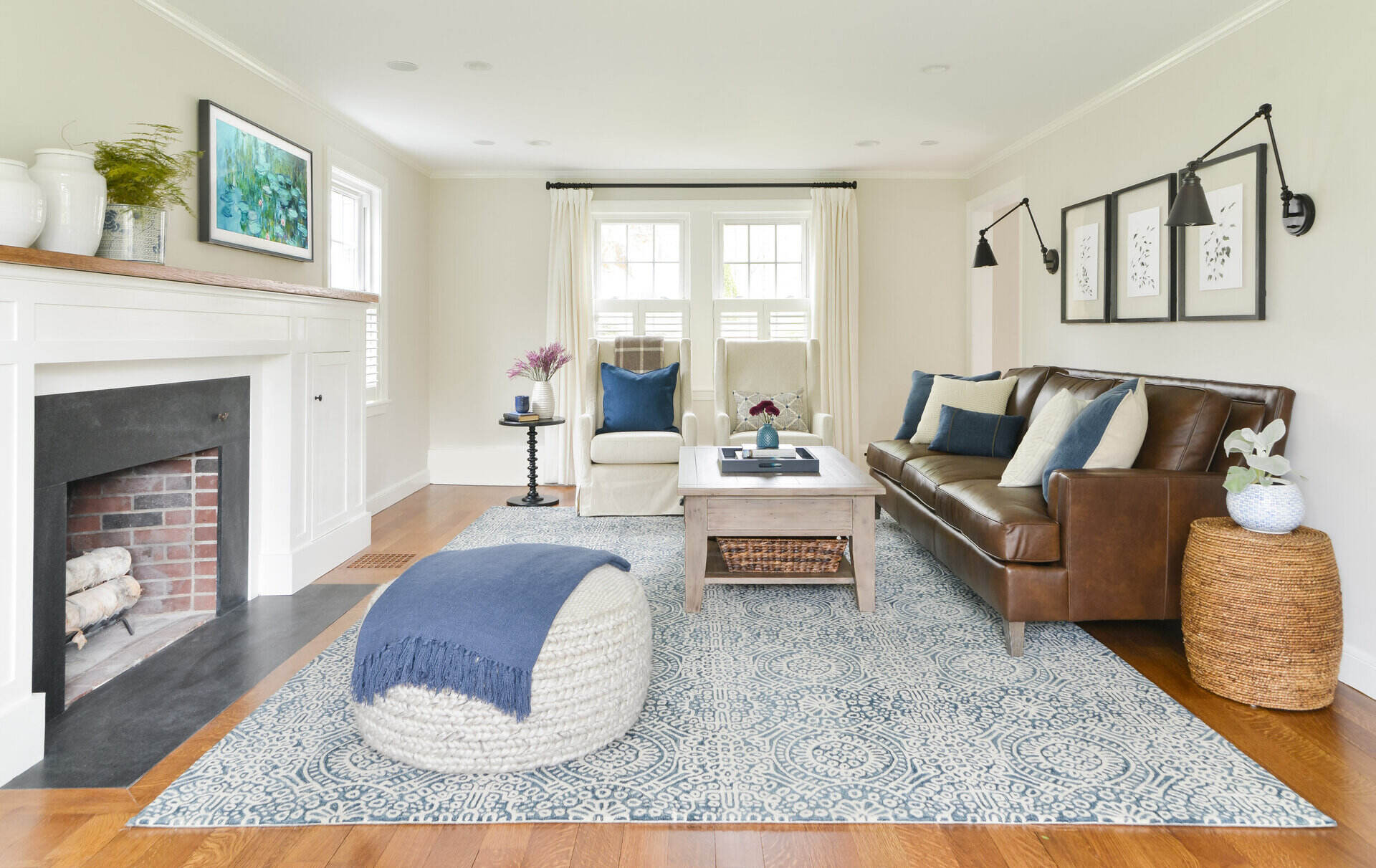
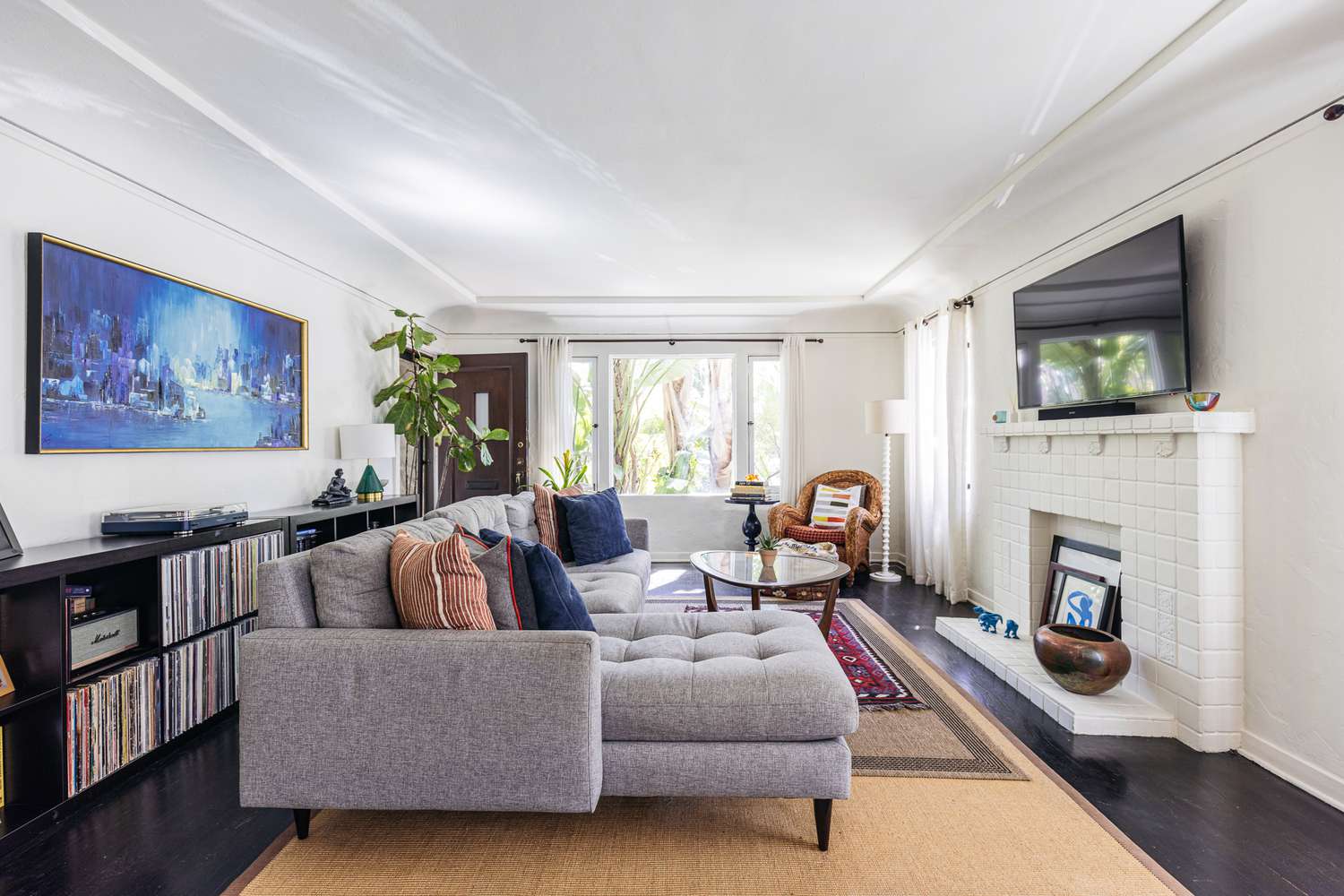
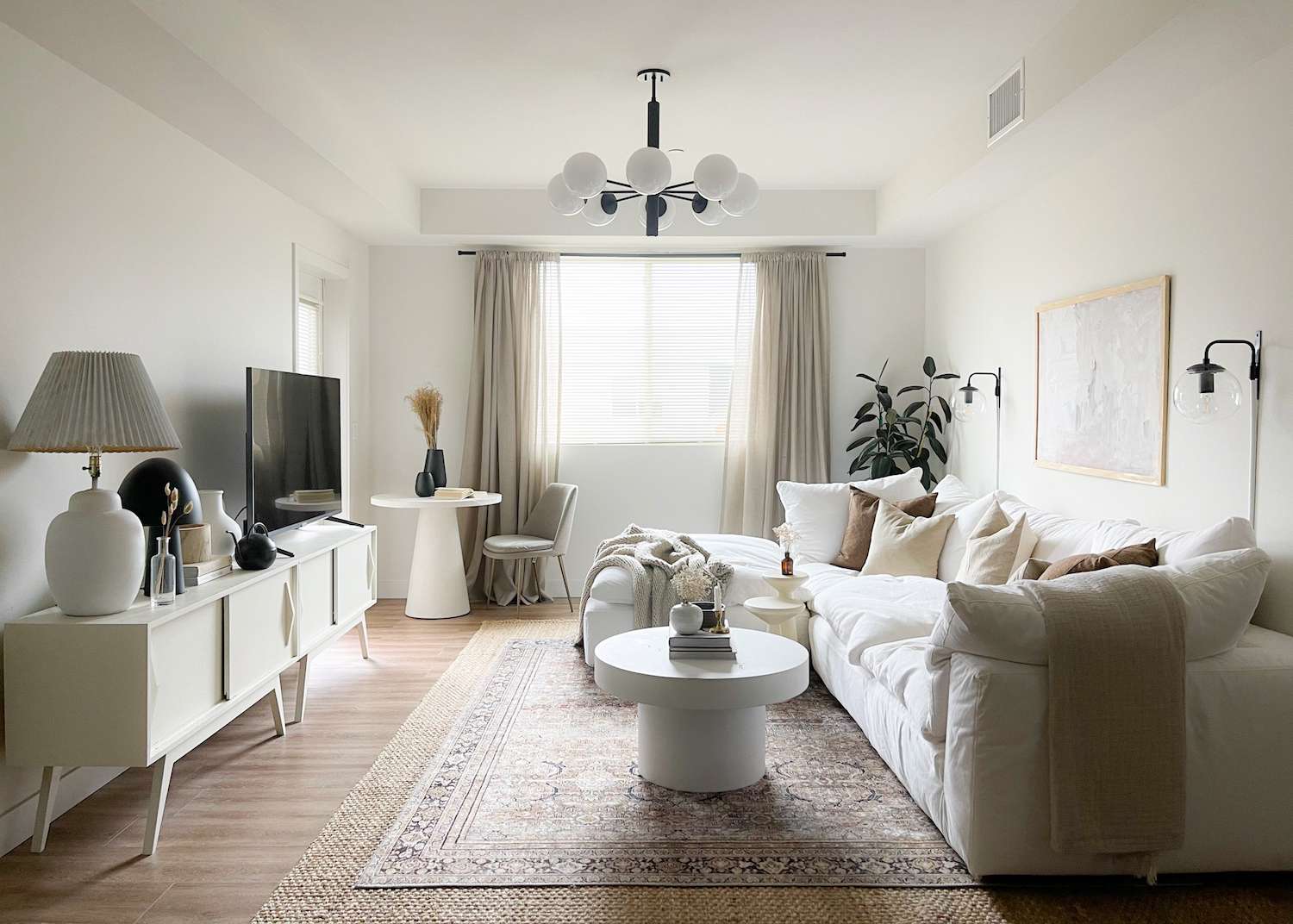
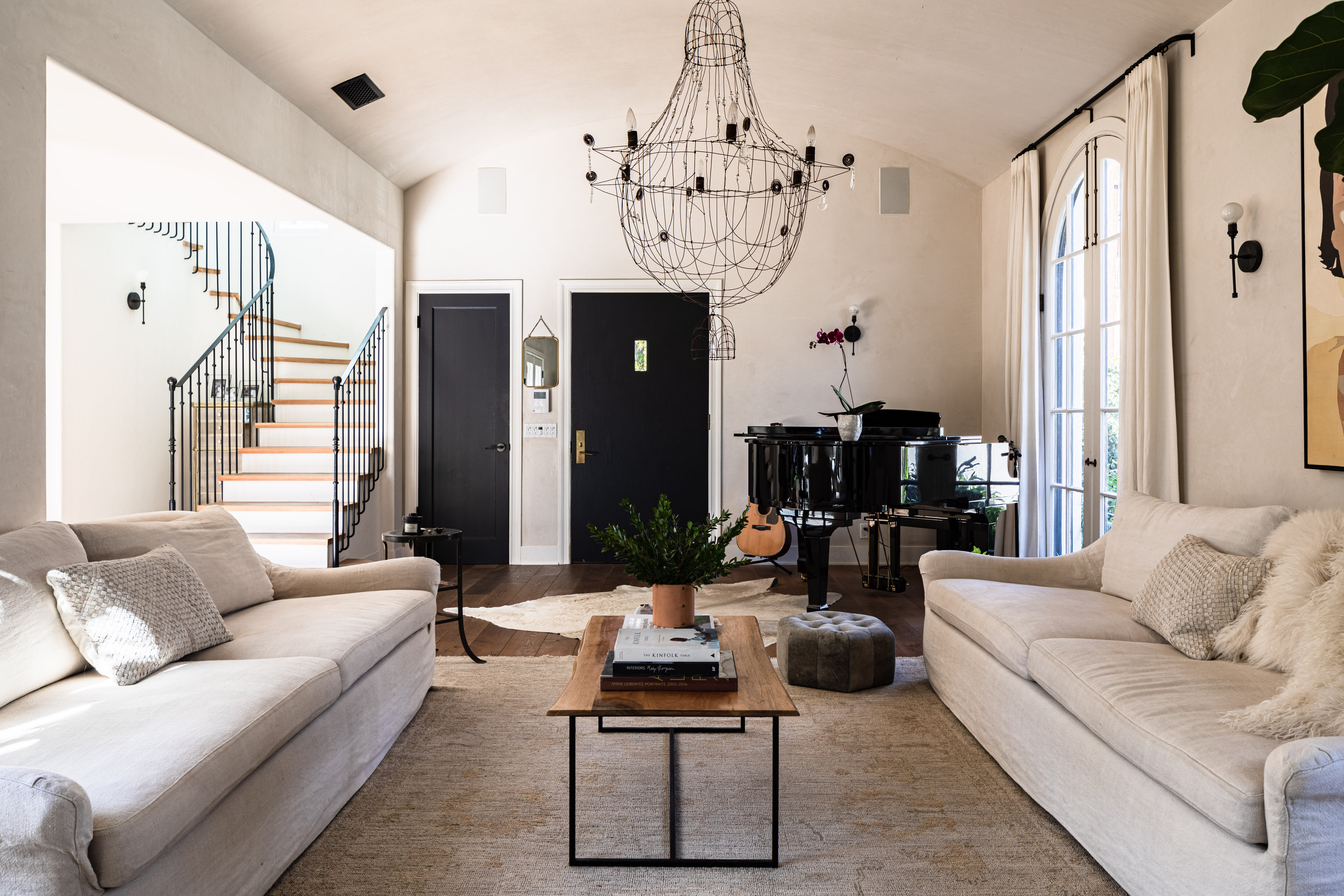
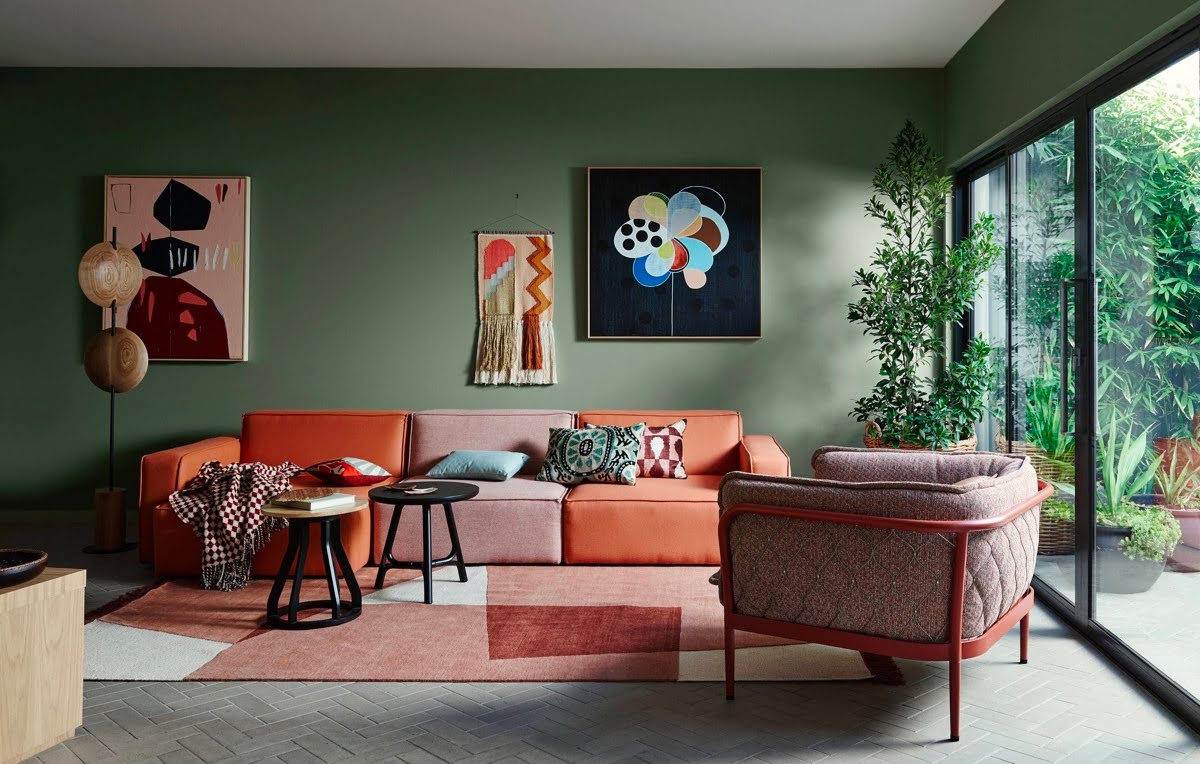

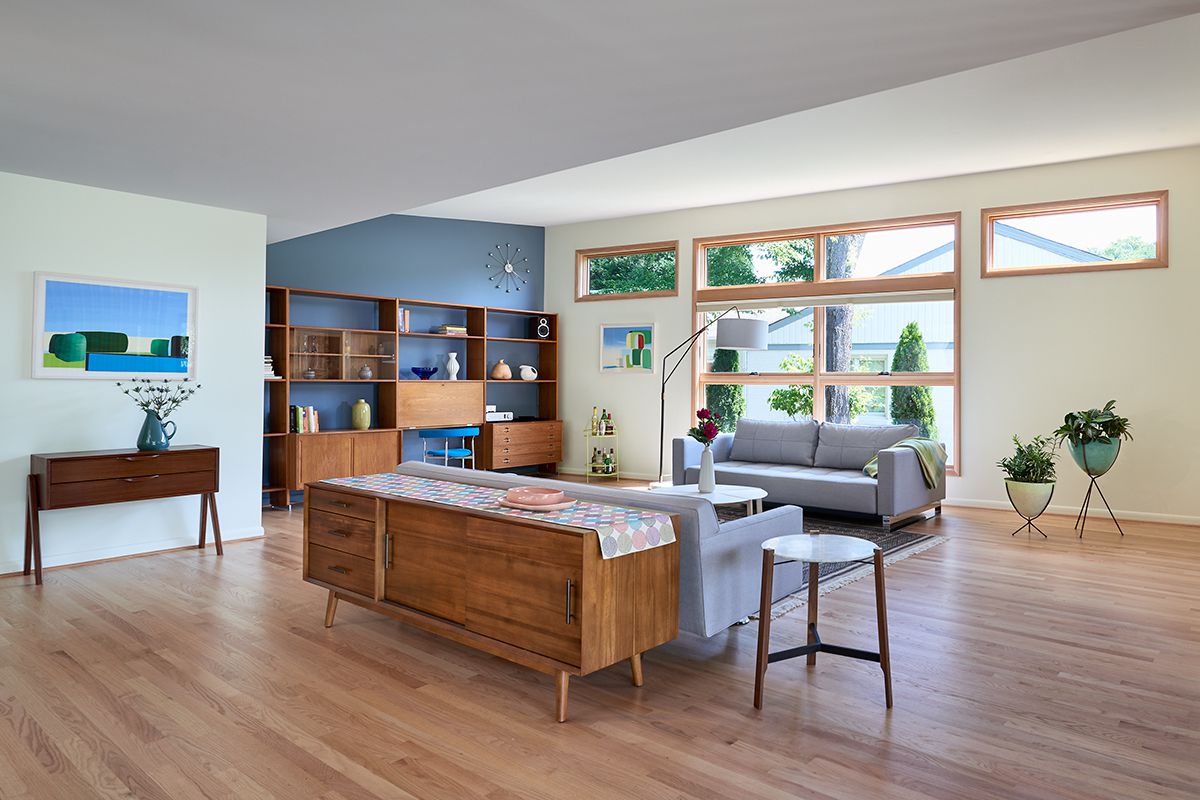
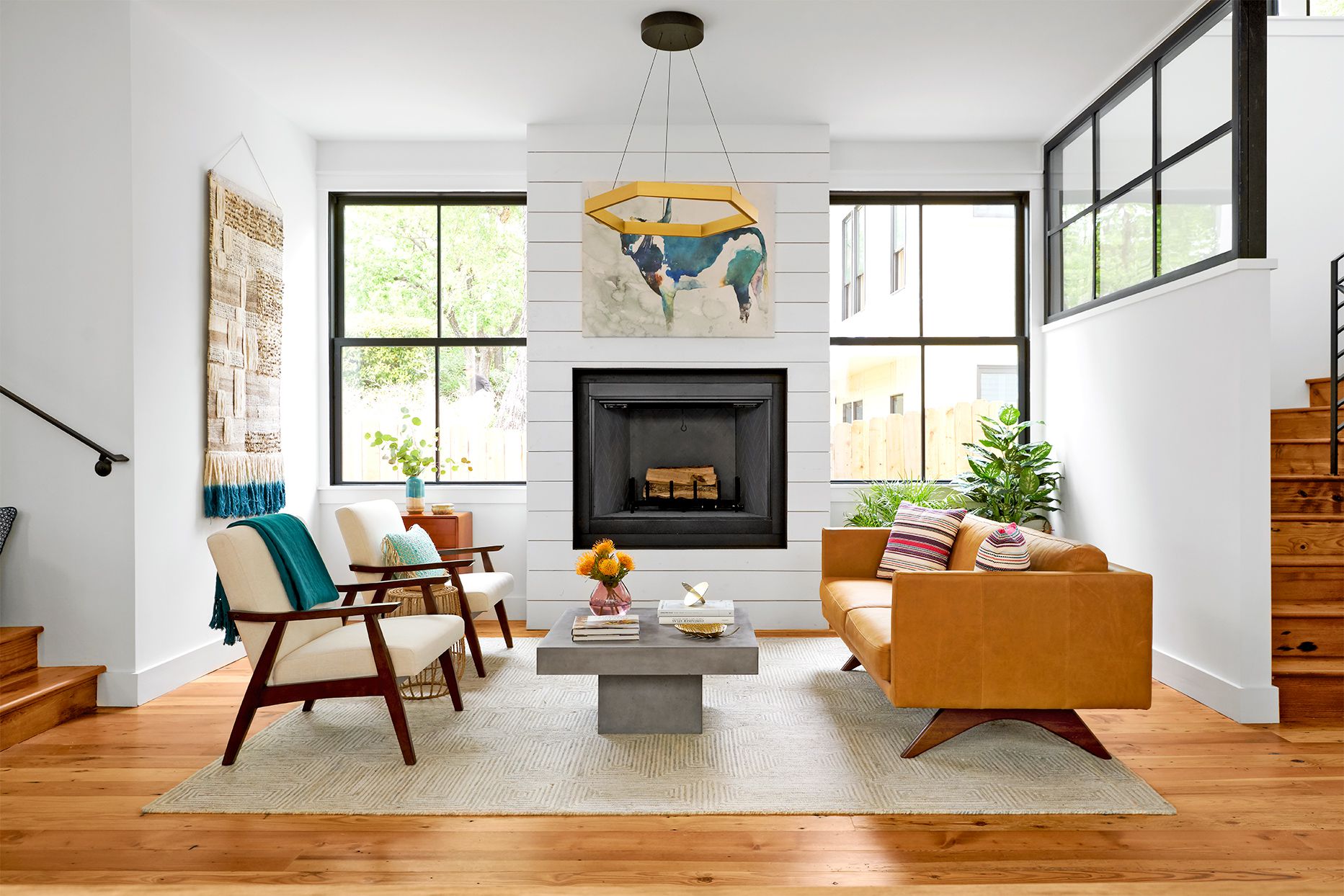
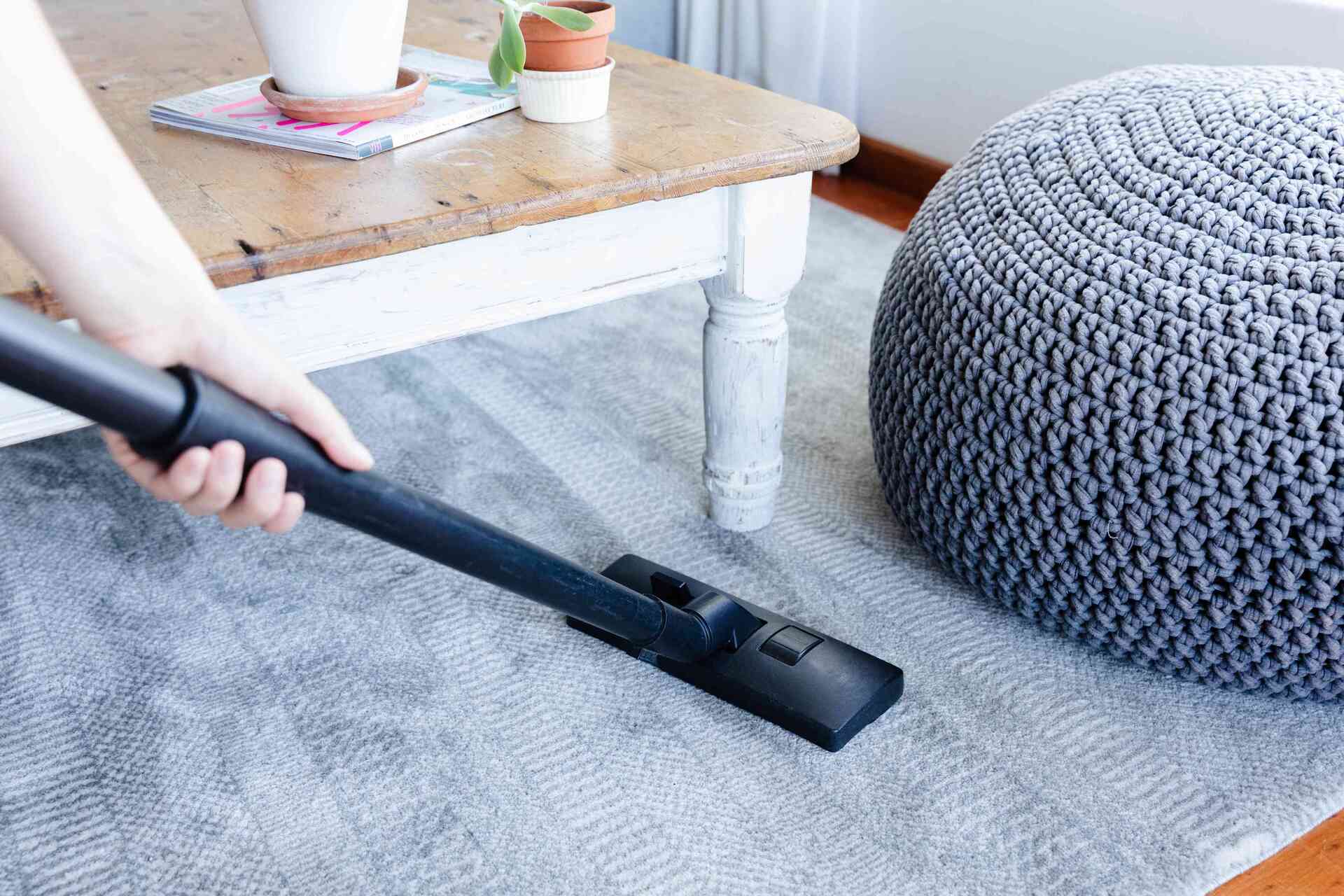
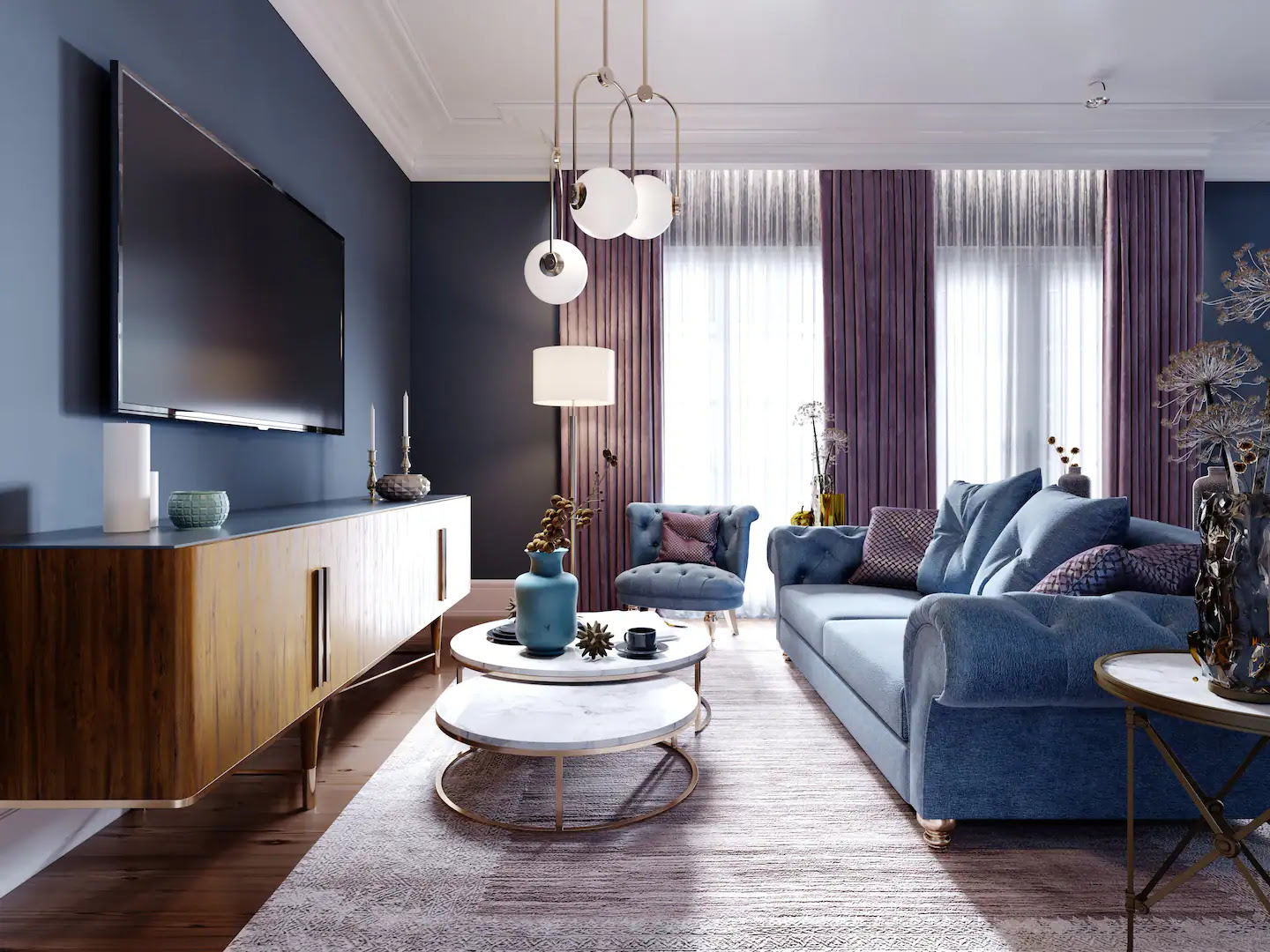
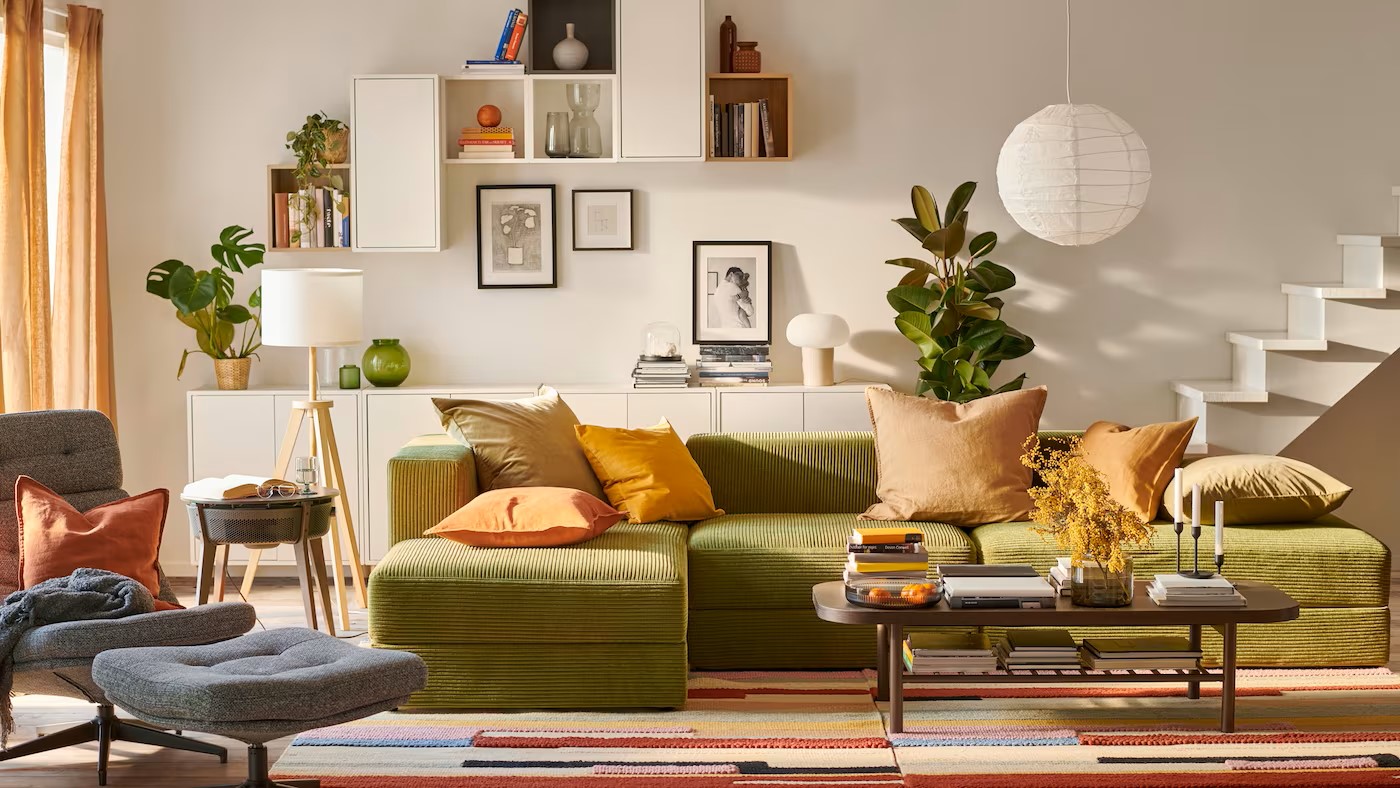
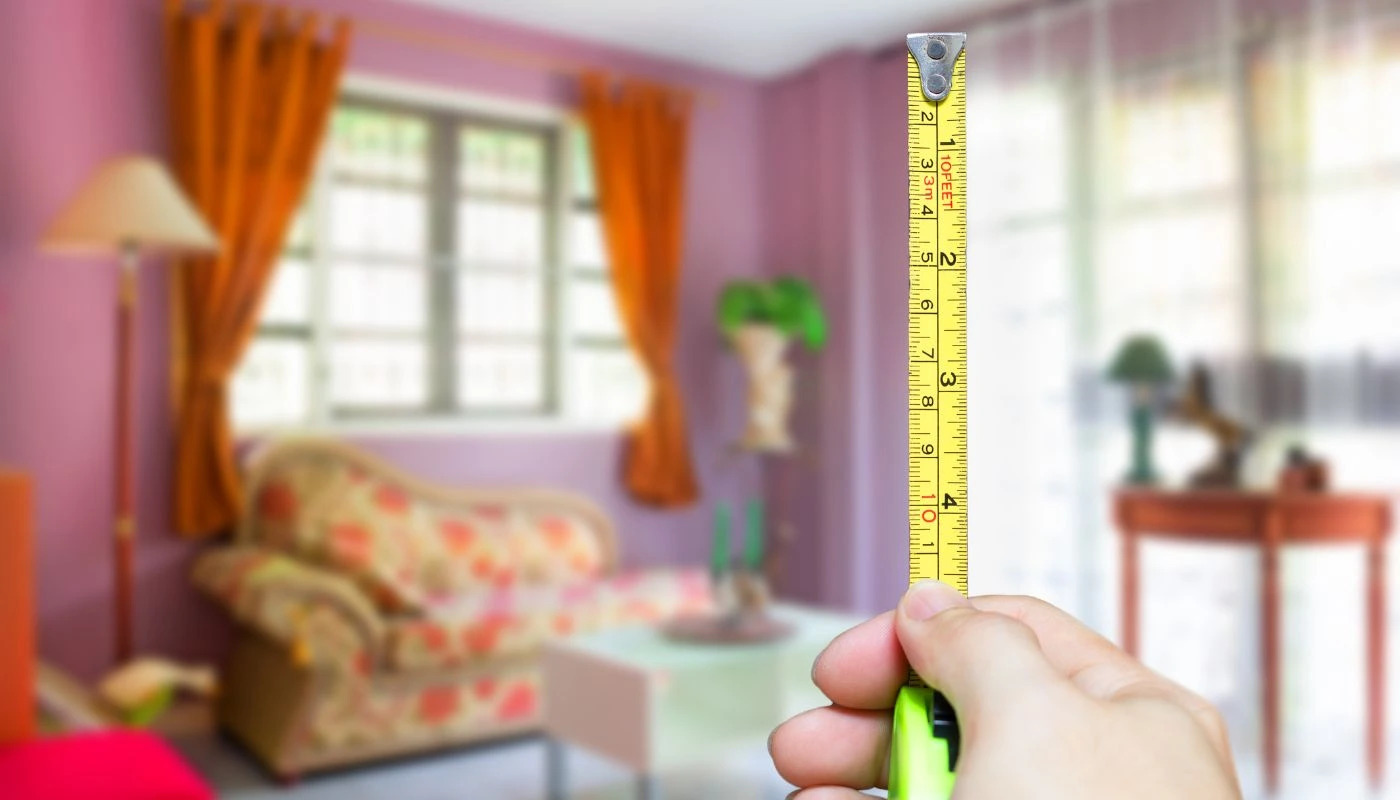
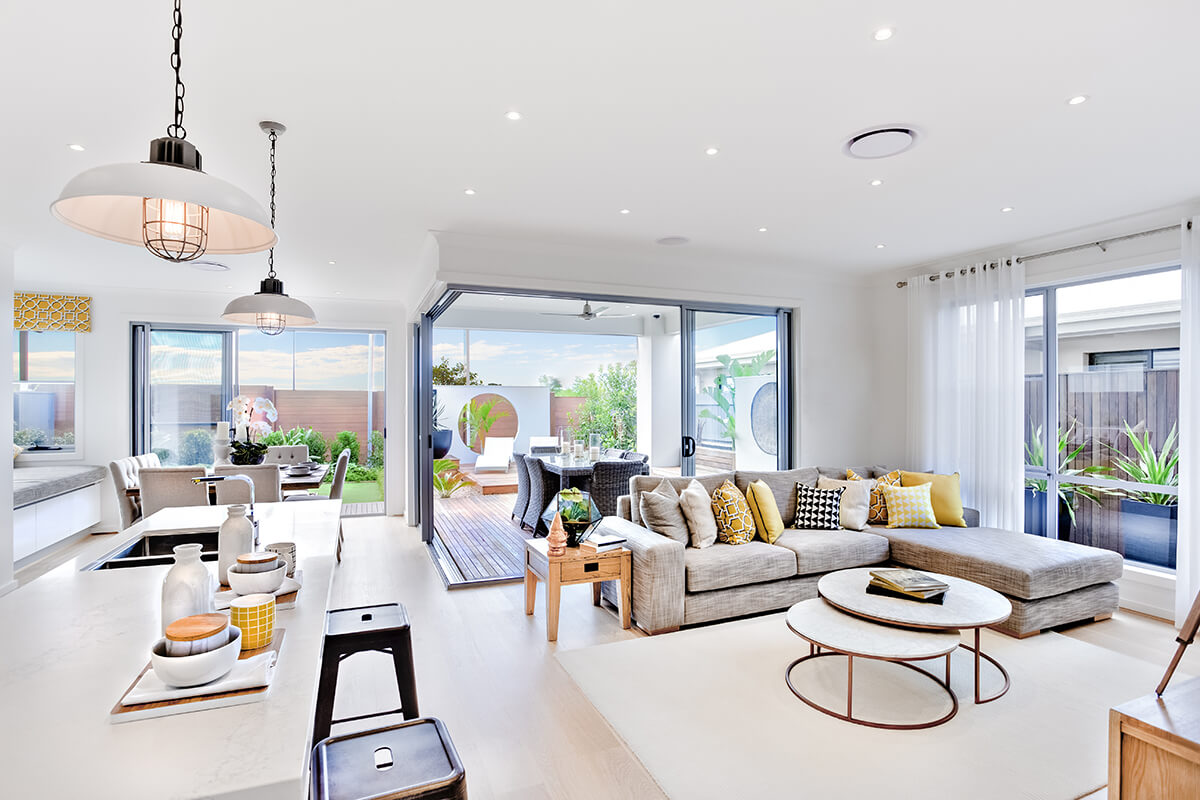

0 thoughts on “How To Furnish Rectangular Living Room”